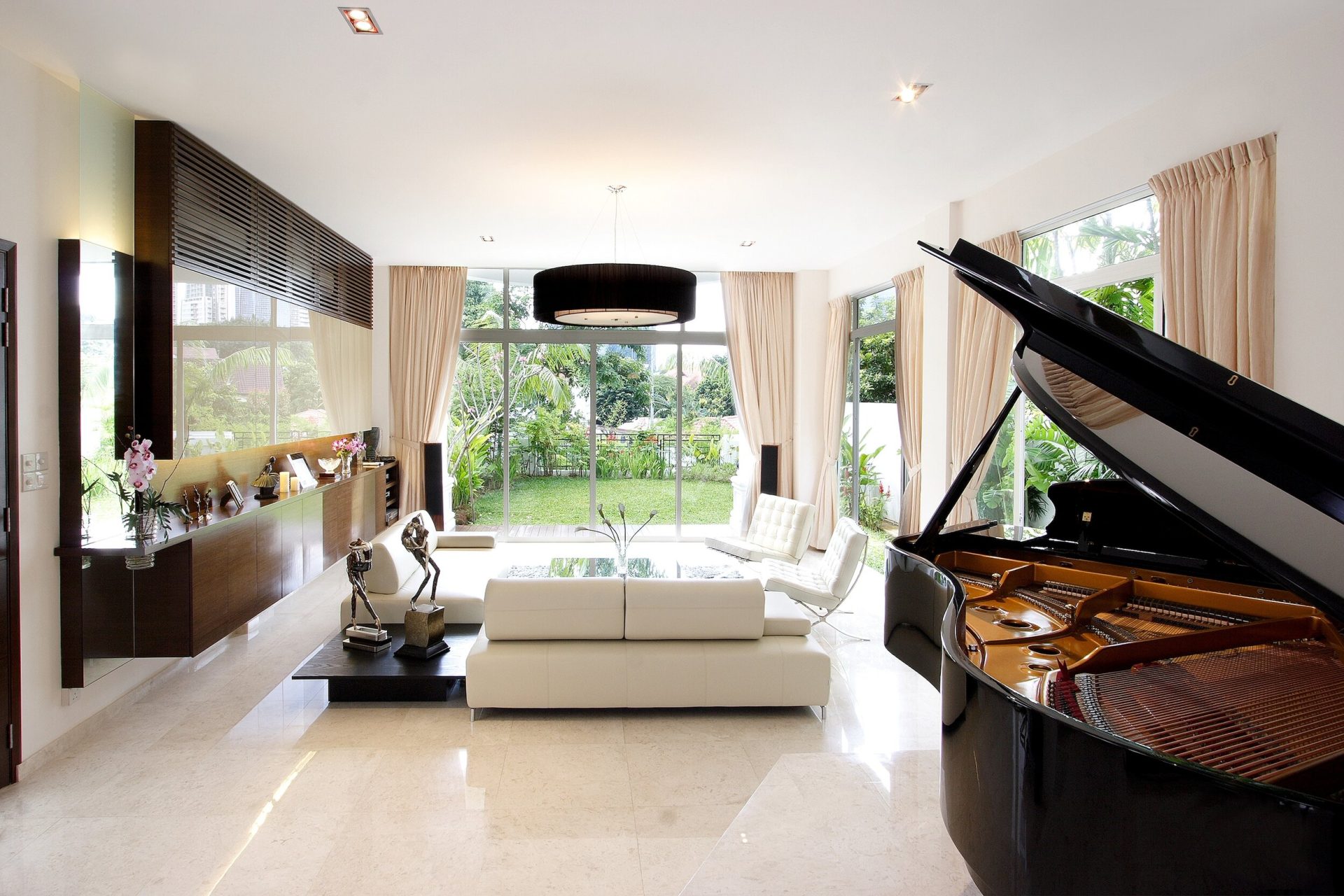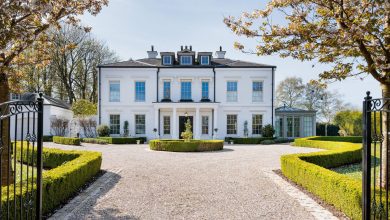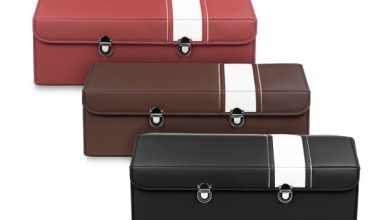Introduction
Black and white bungalows are a distinctive architectural feature that holds historical and cultural significance in Singapore, Malaysia, and other parts of Southeast Asia. These colonial-era houses, characterized by their black timber beams and whitewashed walls, were originally built during British rule and have since become iconic landmarks of heritage and luxury.
Despite their historical origins, black and white bungalows continue to be highly sought-after properties, often serving as upscale residences, exclusive business premises, and luxury hospitality spaces. Their unique blend of colonial charm and modern functionality makes them a prized architectural treasure in the region.
Origins and History of Black and White Bungalows
Black and white bungalows were constructed in the early 20th century, primarily for British civil servants, plantation owners, and military officers. These homes were designed to provide comfort in the tropical climate while reflecting the grandeur of colonial architecture.
Colonial Influence
The British brought their architectural preferences from England but had to adapt them to the hot and humid conditions of Southeast Asia. Black and white bungalows were inspired by the Tudor Revival and Arts and Crafts movements, incorporating spacious verandas, high ceilings, and wide eaves to promote ventilation and shade.
Strategic Locations
Most black and white bungalows were built in affluent neighborhoods, including areas like Tanglin, Nassim Road, and Bukit Timah in Singapore, as well as select regions in Malaysia and Indonesia. These locations were chosen for their elevated positions, allowing for natural breezes to cool the interiors.
Architectural Features of Black and White Bungalows
Black and white bungalows stand out for their distinctive style, blending colonial aesthetics with tropical functionality. Their design reflects a harmonious balance between elegance and practicality.
Timber and Whitewashed Walls
The hallmark of black and white bungalows is their bold contrast of black timber frames against whitewashed walls. The dark beams not only provide structural support but also add a striking visual appeal.
Elevated Structure and Stilts
Many bungalows were built on stilts to protect against flooding and to improve air circulation beneath the house. This also helped keep the interiors cooler by reducing direct heat absorption from the ground.
Spacious Verandas and Open-Air Corridors
Wide verandas were a crucial feature, providing shaded outdoor spaces for relaxation while allowing airflow throughout the house. These spaces were often used for social gatherings and afternoon tea, a reflection of British colonial customs.
Large Windows and High Ceilings
High ceilings and tall windows were designed to facilitate cross-ventilation, ensuring that interiors remained cool even without modern air-conditioning. Many windows featured wooden shutters, allowing occupants to regulate airflow and light.
Expansive Gardens
Most black and white bungalows were surrounded by lush greenery, further enhancing their tropical charm. Mature trees, manicured lawns, and spacious gardens created a tranquil and secluded living environment.
The Modern Appeal of Black and White Bungalows
Despite their colonial origins, black and white bungalows continue to be highly desirable in today’s real estate market. Their rarity and historical significance make them exclusive properties often associated with prestige and luxury.
Luxury Residences
Many black and white bungalows have been restored and modernized to serve as private residences for expatriates, business leaders, and government officials. While maintaining their historical charm, these homes now feature contemporary amenities such as modern kitchens, smart home systems, and air-conditioning.
Boutique Hotels and Event Venues
Some black and white bungalows have been converted into boutique hotels, fine-dining restaurants, and event spaces. Their colonial elegance provides the perfect setting for weddings, corporate gatherings, and luxury hospitality experiences.
Embassies and Government Offices
Given their prestigious status, black and white bungalows are often used as embassies, ambassadorial residences, and high-profile corporate offices. Their strategic locations and spacious layouts make them ideal for official functions and receptions.
Art Galleries and Creative Spaces
A few black and white bungalows have been transformed into art galleries, cultural centers, and creative studios, preserving their heritage while giving them a new purpose in the modern era.
Preservation and Challenges
While black and white bungalows are treasured for their historical and architectural significance, their preservation faces several challenges.
High Maintenance Costs
Owning and maintaining a black and white bungalow requires significant financial investment. The use of traditional materials, such as timber and clay tiles, demands regular upkeep to prevent deterioration. Restoration projects must also adhere to strict conservation guidelines.
Limited Availability
Since only a few hundred black and white bungalows remain, they are considered rare properties. In places like Singapore, most of these bungalows are government-owned and leased to tenants under strict terms, making them even more exclusive.
Urban Development Pressure
The demand for land in prime areas poses a threat to the existence of black and white bungalows. As urban expansion continues, there is ongoing debate about balancing historical preservation with modernization.
Renting or Buying a Black and White Bungalow
For those interested in experiencing the charm of a black and white bungalow, renting is often the most feasible option. In Singapore, these homes are managed by the Singapore Land Authority (SLA) and are available for lease through bidding processes.
Rental Costs
Renting a black and white bungalow can be costly due to their historical value and prime locations. Prices vary depending on size, location, and condition, but they typically range from SGD 10,000 to SGD 30,000 per month in Singapore.
Buying a Black and White Bungalow
Purchasing a black and white bungalow is challenging, as most are government-owned. However, in countries where private ownership is possible, prices can be exceptionally high, often exceeding millions of dollars due to their rarity.
What to Consider Before Renting or Buying
- Location: Proximity to schools, workplaces, and amenities
- Condition: Some bungalows may require extensive renovations
- Budget: Maintenance and restoration costs can be significant
- Lease Terms: Government-owned properties may have restrictions on modifications
The Future of Black and White Bungalows
As cities evolve, the preservation of black and white bungalows remains a priority for heritage conservationists. Efforts are being made to protect these architectural gems while adapting them to modern needs.
Heritage Conservation Initiatives
Government agencies and private organizations are investing in the restoration of black and white bungalows to maintain their historical integrity. Strict regulations ensure that renovations respect the original design while incorporating necessary upgrades.
Sustainable Restoration
Sustainability is becoming a key focus in the restoration of these bungalows. Eco-friendly materials, energy-efficient cooling systems, and rainwater harvesting techniques are being integrated to enhance their environmental footprint.
Continued Cultural Relevance
As demand for unique and historical properties grows, black and white bungalows continue to be valued as symbols of cultural heritage. Their versatility in serving as residences, businesses, and cultural spaces ensures their relevance in the modern era.
Conclusion
Black and white bungalows are more than just architectural landmarks; they are a testament to history, craftsmanship, and timeless elegance. Their colonial roots, tropical adaptations, and luxurious appeal make them a unique part of Southeast Asia’s heritage.
Despite challenges in preservation and high costs, these bungalows continue to be highly desirable, offering a blend of tradition and modernity. Whether as exclusive residences, corporate spaces, or cultural hubs, black and white bungalows remain an enduring symbol of architectural excellence and historical charm.




